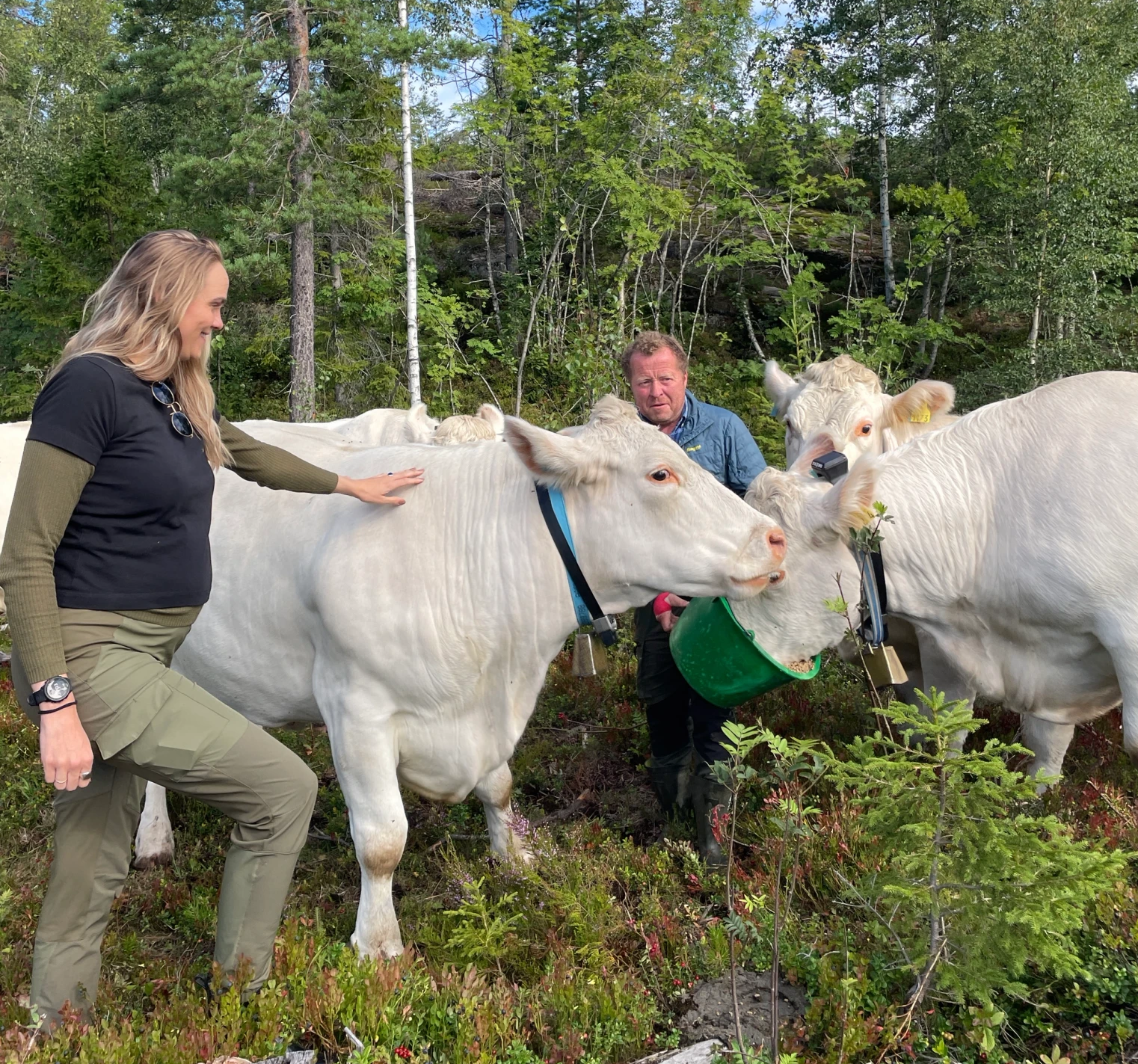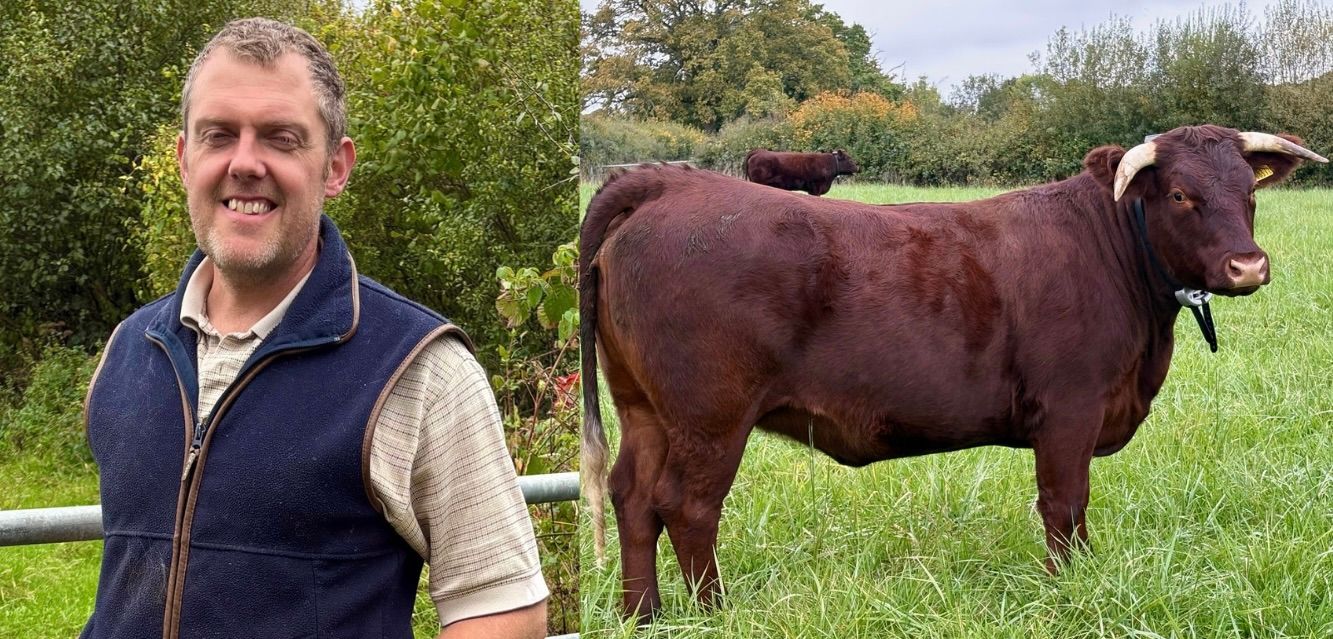Farmers Put Monil’s Collar to the Virtual Test
Henrik Aasland’s farm uses virtual fence collars to keep cows in designated areas, monitored via an app. Here are his and others's impressions.


Farmers shared their experience of putting Monil's virtual collar to the test.
Since 2022, Monil has worked intensively on developing a new virtual fence solution that can change everyday life for farmers with livestock on open pastures and woodland mixed pastures. Many pilot farmers tested our virtual fence collar in the summer of 2023, and several decided to share their experiences.
What is the Monil Virtual Fence Collar?
Monil collars keep track of grazing livestock and prevent them from wandering into areas or places they don’t belong. Instead of physically fencing off areas to keep the animals in, the collars take over this task.
We have equipped each collar with a small SIM card chip–the same as used in mobile phones–which works with GPS signals and a virtual fence system. Each collar has a and a battery for a power source. Collars rarely need charging during the grazing season.
Farmers define the virtual fence boundaries, and the animals receive sound signals (beeping) from the collar when they approach the edge of the designated grazing area. After a thorough training period, the animals realize they must turn back when they hear the beep. The collar emits a small electric shock if the animal continues toward the boundary instead of turning back.

Farmer’s Test the Virtual Fence Collar
Henrik Aasland’s farm is situated west of Oslo. Henrik is satisfied with the results. He started a small experiment with five cows in the pasture across the road from his barn, each with its own virtual fence collar. Aasland can monitor each cow's location 24/7 from the app on his phone.
In the past, he had challenges with the animals breaking out of the physical fences and eating greener grass in residential areas. However, this year, the collar has prevented these problems. After a few weeks of training, his cows became accustomed to the collar and stayed in the defined grazing area.
“We had incidents of escaping cows wandering down to the residential areas yearly. But this year, we haven't had many escapees. In addition, the fence is good for utilizing the grazing resources in the entire field,” says Aasland.
Christian Odden, a sheep farmer east of Oslo, Norway, is also impressed by the collars. He uses them on several of his sheep that graze in open fields of a public forested area.
“There is no doubt that this works. We were excited before we started, and using it, we see that ‘real-time’ tracking has helped us easily find injured animals,” says Odden.

Animal Welfare Considerations
The collars must withstand the weather and wind of Norwegian conditions, and Monil developed and tested them to ensure they don’t cause animals unnecessary stress. Animal welfare is important, after all, and stress tests have been carried out on cows to ensure that the collars do not harm them.
Developing features takes time, but the collar will always continue to improve. Monil is eager to learn more from its customers this year to continue improving its products, which will help livestock ranchers directly impact their production.
Follow the future. Stay updated on Monil's virtual fences by signing up for our newsletter.
Thinking about virtual fences?
Not sure where to begin? Fill out the form below, and Oliver from our team will get in touch with a no-strings-attached offer tailored to your farm.
Original source: local Norwegian newspaper, Lierposten.
This article was translated by Rebecca Harrisson.

